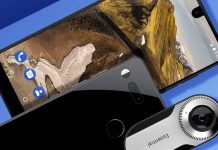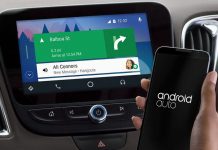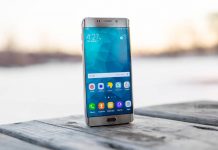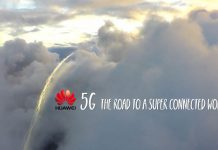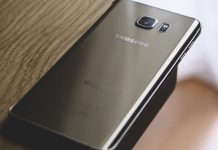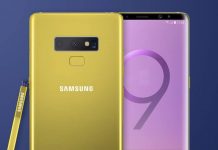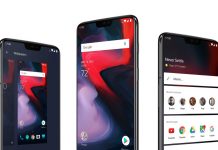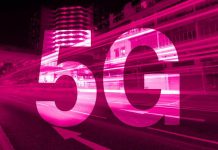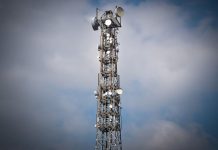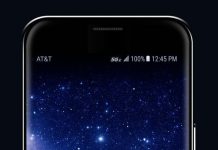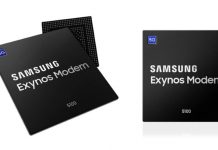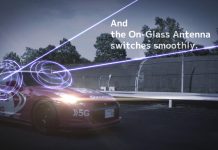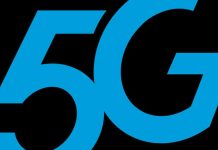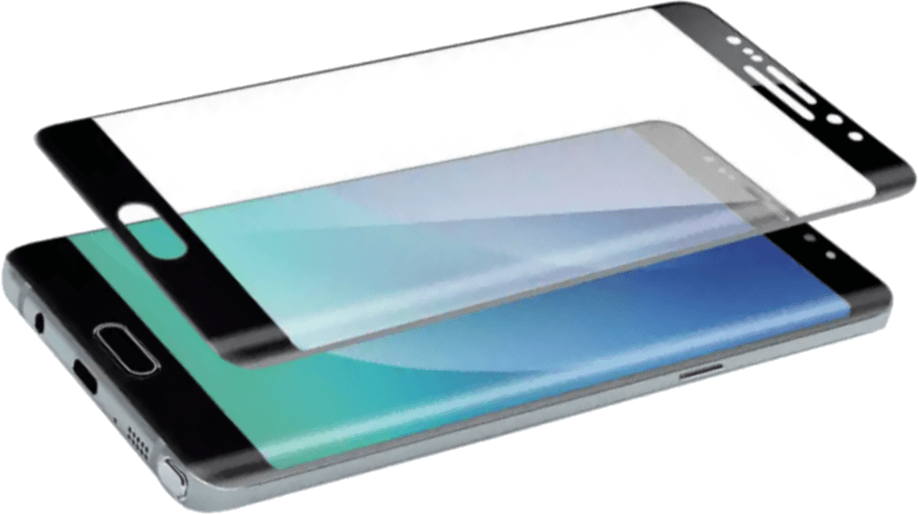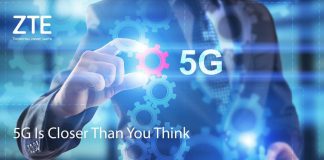Operators around the world are looking to quickly implement 5G technology, which will be ready to provide commercial services any day. It might seem that it will be several years before 5G networks become a common solution. However, the AT&T argues that it is completely different. The test results are unambiguous. Data transfer at the level of 1.2 Gbps and a delay of 9 ms will allow the service of hundreds of users.
Currently in the US we are dealing with the 5G race, in which two operators compete: AT&T and Verizon. Both telecom companies are intended to launch the first commercial 5G network in the United States. AT&T is going to take off this year. What’s even more interesting, a few days ago, the American operator announced that together with the 5G network it will offer its customers devices that support the new technology. However, this does not mean that 5G smartphones will appear in AT&T salons this year. The scenario in which one of the major manufacturers of mobile devices (e.g. Samsung) would introduce a 5G telephone is unlikely. It should be expected that AT&T intends to launch sales of 5G routers, modems connected to USB and CPE kits this year. The operator also tests the possibility of using new technology to provide an Internet connection for the Wi-Fi hotspots network. A similar solution is also tested in Australia.
5G mmWave allows you to achieve speeds of 1.2 Gbps in a 400 MHz frequency block.
New generation networks that will be launched in the US will differ from European solutions. First 5G networks on old continent will use the 3.6 GHz – 3.8 GHz band. In contrast, in the United States, operators intend to use the mmWave millimeter band, i.e. 28 GHz. A higher frequency means a smaller range and high sensitivity of radio waves to unfavorable weather conditions. However, tests performed by AT&T show that high frequencies perform quite well. In Texas, the operator achieved a speed of 1.2 Gbps at a distance greater than 150 meters. In turn, in Michigan, it was learned that snow, rain and other atmospheric conditions do not have a negative impact on 5G networks operating in the 28 GHz band. During these tests the speed of 1 Gbps was exceeded at a distance of 275 meters. The operator was also positively surprised by how radio waves from the millimeter range pass through tree crowns, glass and walls. Recent tests, which the operator praised, were made in Indiana. In this case, AT&T did not about exact speed results. Speech is only about the 1 Gbps class network, which works both in the conditions of direct visibility, and in places where the radio signal came back after bouncing off obstacles. As you can see, high frequencies are not as bad as it might seem.
Source: AT&T


